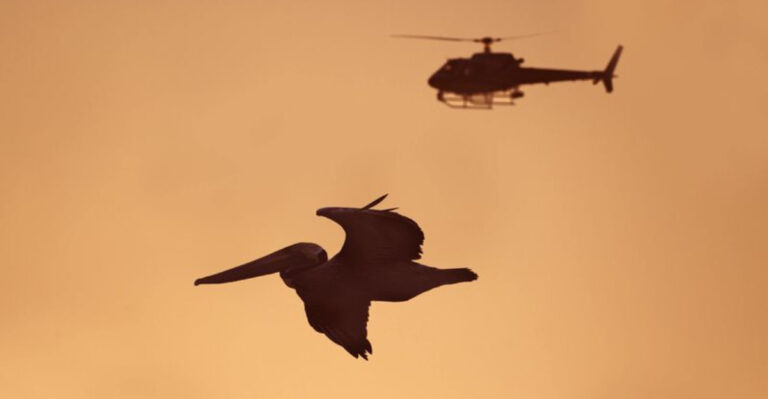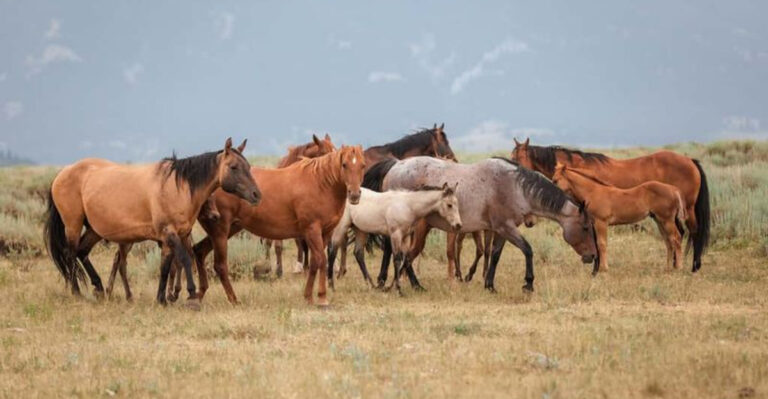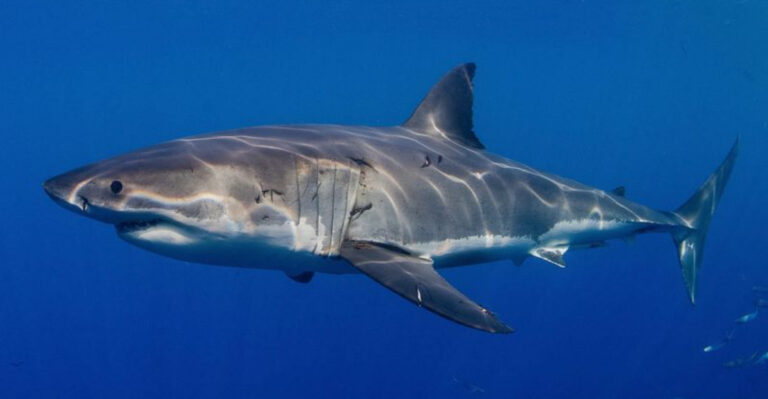How To Identify Hawks: 8 Expert Tips For Birdwatching
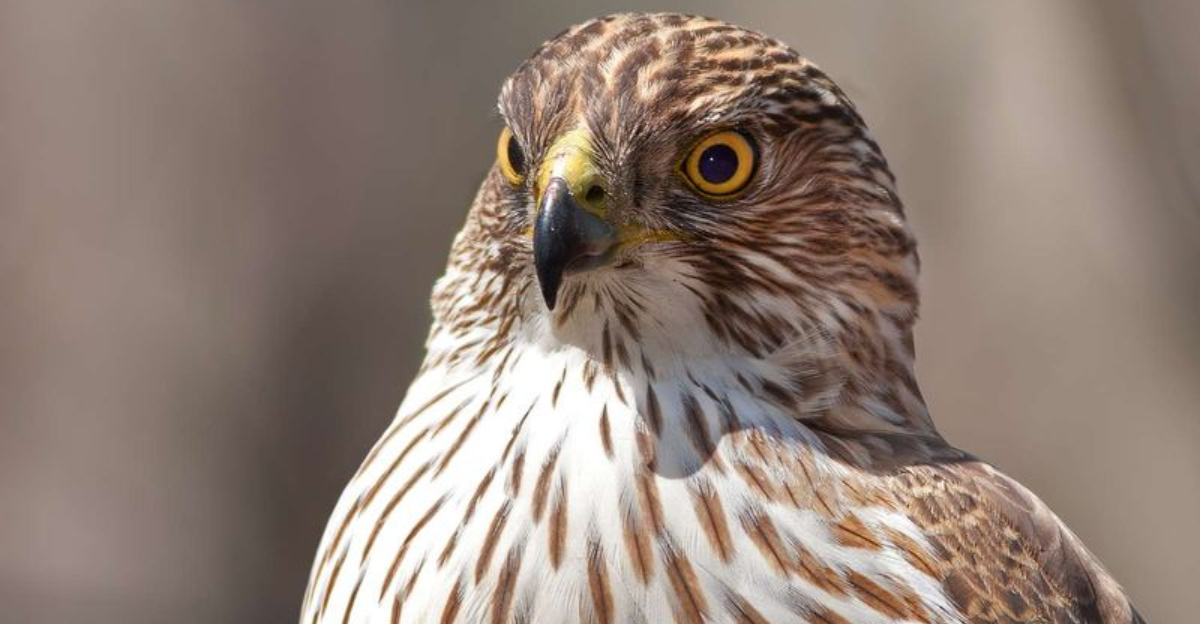
Birdwatching is a delightful hobby, and spotting a hawk is the crown jewel of any birding adventure. These majestic raptors, with their keen eyes and graceful flight, capture the imagination.
However, identifying them can be a tricky endeavor. Fear not, for we have compiled expert tips to help you distinguish between different hawk species.
With a bit of patience and practice, you’ll soon become a hawk-spotting pro!
1. Observe Hunting Techniques
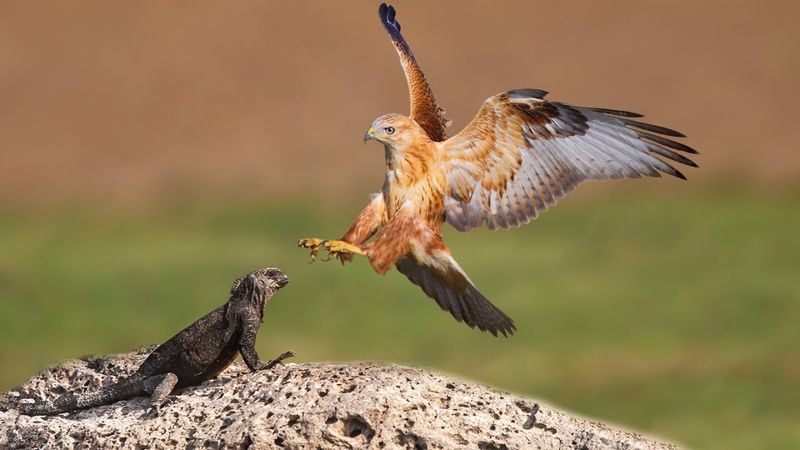
Hawks have intricate hunting styles that can reveal their species. From a distant vantage point, notice how they glide silently before a swift dive. Their prey choices, whether small mammals or reptiles, offer clues.
Being patient, you might witness a hawk’s calculated chase or its hover in the air. Each maneuver is a signature move in their survival toolkit.
2. Check For Eye Color And Shape
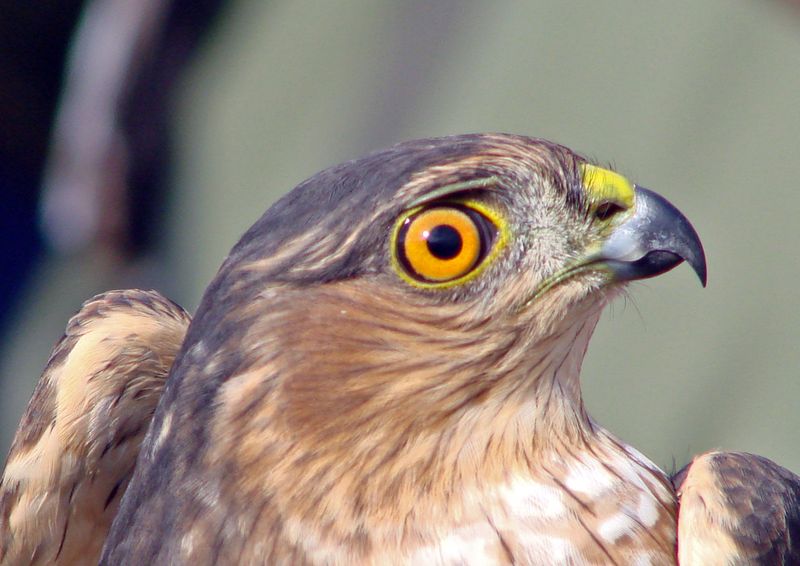
A hawk’s eyes can be windows to its identity. While often overlooked, eye color and shape are distinctive and telling. Approaching carefully, observe the hue of their eyes, which can range from deep amber to piercing yellow.
The shape can signal different species or age. Bright eyes often hint at an alert, experienced bird. Capturing these details with binoculars or a camera enriches your data collection.
3. Manner Of Flight
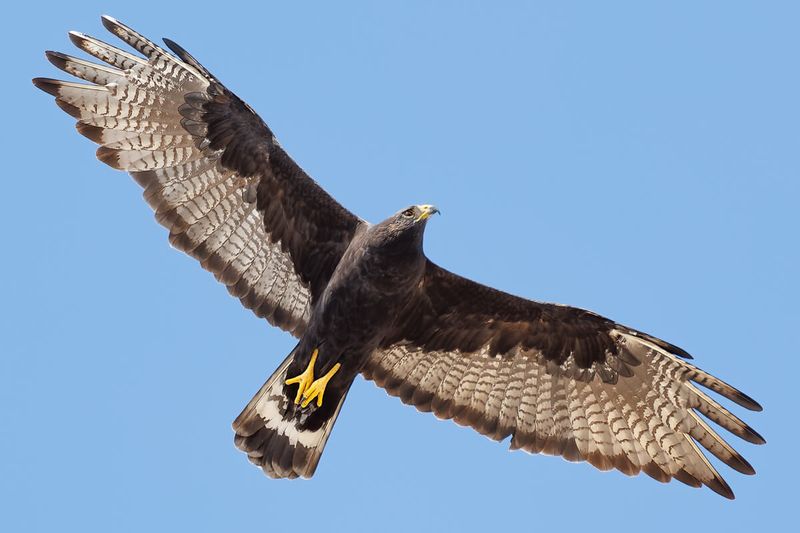
Ever watched a hawk and wondered about its dance in the sky? The manner of a hawk’s flight can offer clues about its species.
Watch closely! A bird flying bat-like might be an American Kestrel, while a powerful and fast flyer could be a Merlin. Those gliding effortlessly?
Probably Kestrels. These aerial acrobatics are a joy to observe and a key to identification. So grab those binoculars and enjoy the show! Each movement tells a story.
4. Feathers On The Wings
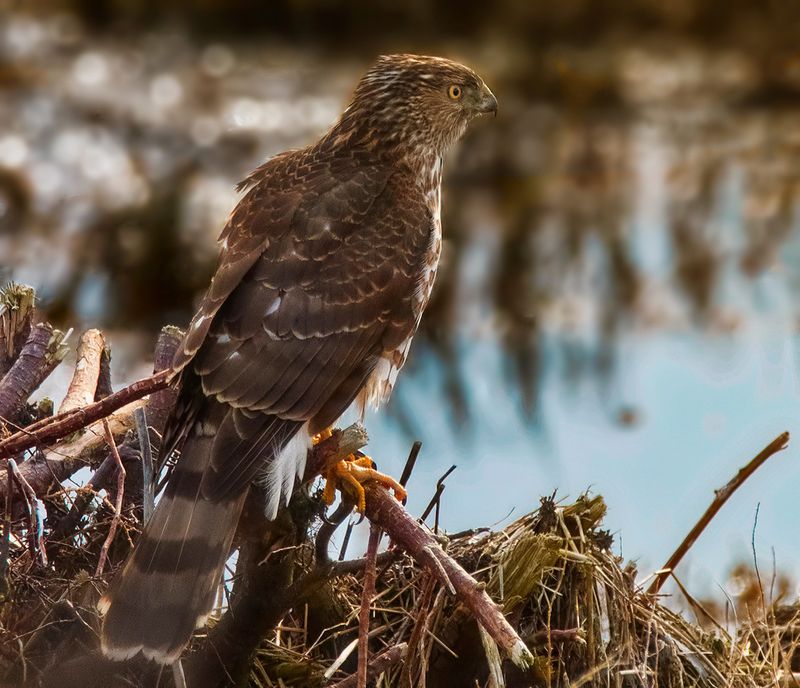
When observing hawks, take a peek at their wing feathers. Eagles, Buteos, and Accipiters sport fringed feathers, resembling fingers.
Falcons, however, lack these fringes, making them stand out. Imagine comparing a hawk’s wings to your hand; if they resemble your fingers, you’ve spotted an eagle, Buteo, or Accipiter.
The distinctive feature can help in quick identification. Appreciating these subtle differences enhances your birdwatching experience, adding depth to the beauty of these creatures.
5. Color Patterns
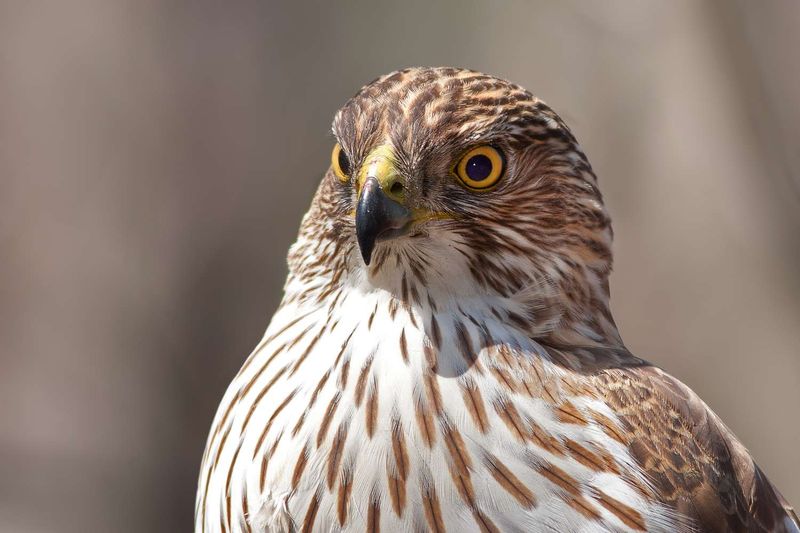
Color patterns are nature’s palette and hawks are no exception. Look for distinctive hues; a Red-tailed Hawk flaunts a reddish-brown tail.
Meanwhile, Cooper’s Hawks boast a grayish-brown body with lighter underparts. These color cues are nature’s way of telling a story.
Pay attention to the underparts and wings, and you’ll soon become adept at picking out these patterns. It’s like birdwatching with a splash of art, making each sighting more colorful and insightful.
6. Wing Shape And Size
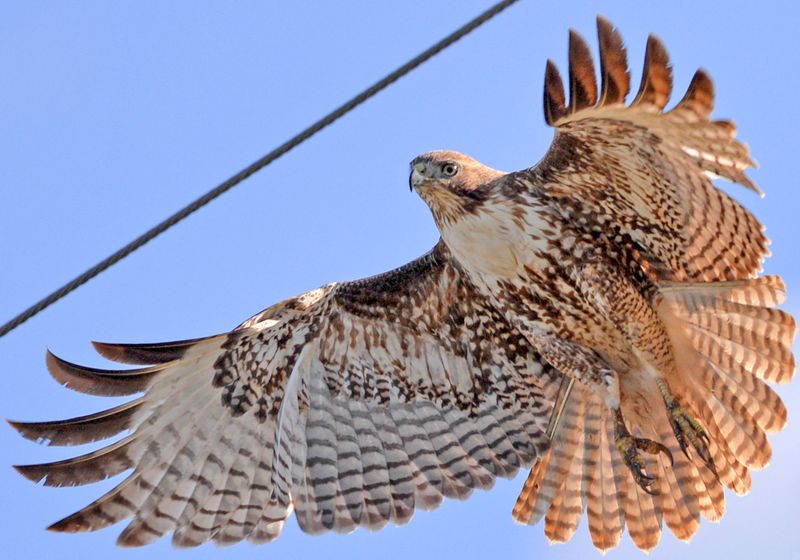
Wing shapes and sizes are signature features that define hawk species. Accipiters glide gracefully with rounded, slightly pointed wings.
Meanwhile, Buteos display broad, straight wings. Eagles? Their massive wings are undeniable, designed for carrying large prey. Observing these shapes in flight gives insight into identifying different species.
This natural wingspan variety is both fascinating and practical for birdwatchers. Keep an eye on these airborne silhouettes to master the art of hawk identification.
7. Rump Patch
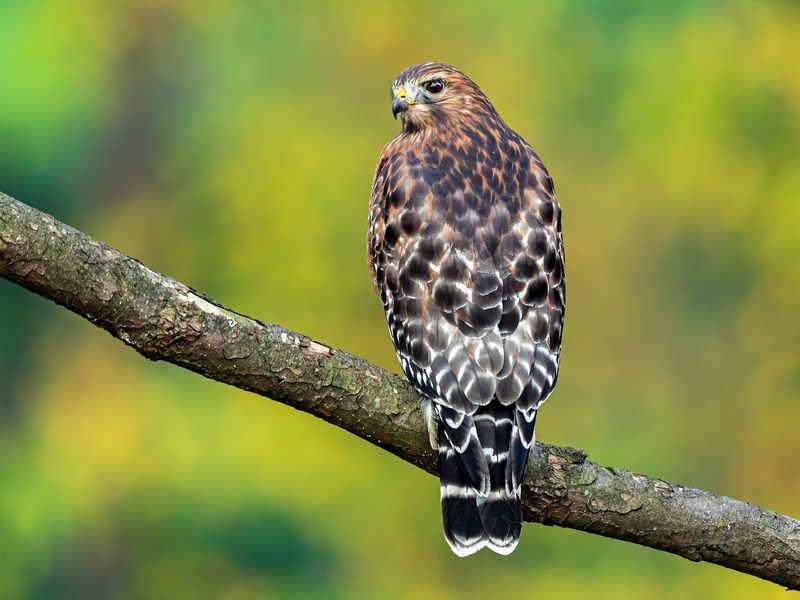
Spotting a white rump patch on a soaring raptor? That’s likely a Northern Harrier! This feature is its standout trait, visible even from afar.
It’s like the harrier’s calling card, making identification a breeze. This striking white patch sets them apart, offering an easy way to distinguish them from other hawks.
Recognizing this feature adds an element of excitement to hawk watching. It’s a simple yet effective tip for birders keen on precise identification.
8. Bird Shape In Air
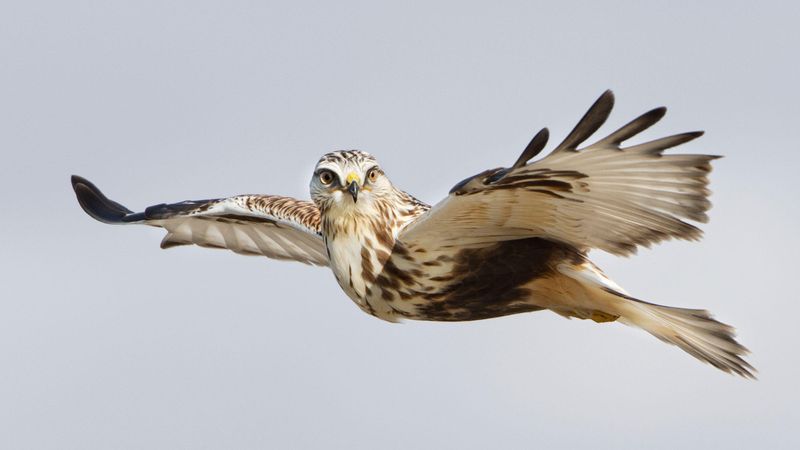
Ever played the shape game with hawks in flight? Their silhouettes tell tales. A Cooper’s Hawk? Think “flying cross.” A Sharp-shinned Hawk?
Picture a “flying T.” These distinctive shapes are not just fun but practical identifiers. It’s an aerial puzzle, engaging and enlightening. Observing these shapes helps birdwatchers identify species from afar.
It’s a delightful challenge, turning every birdwatching trip into an adventure of shapes and shadows in the sky.

